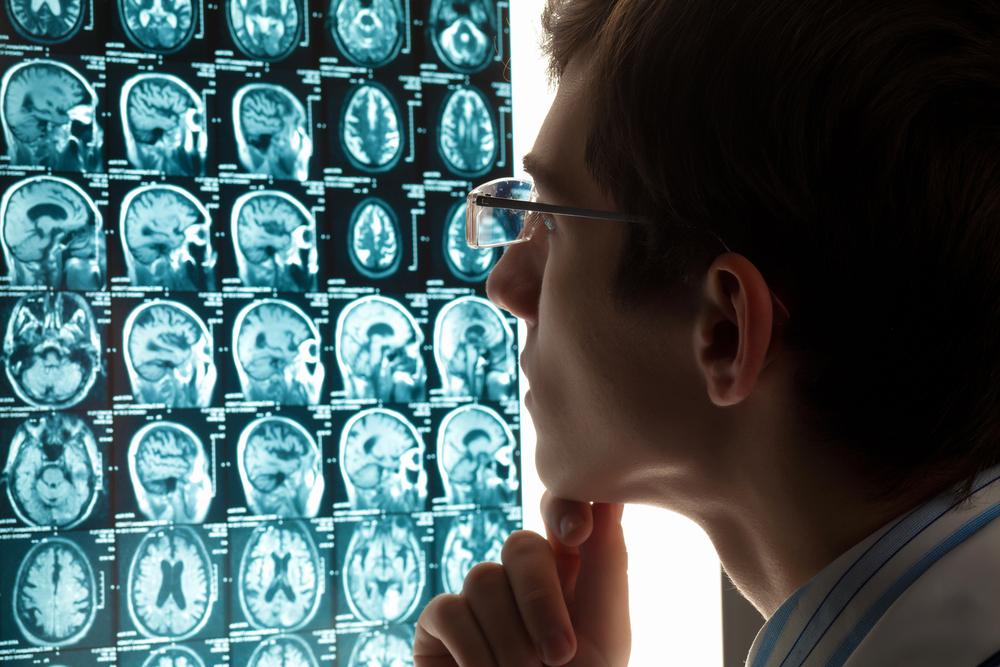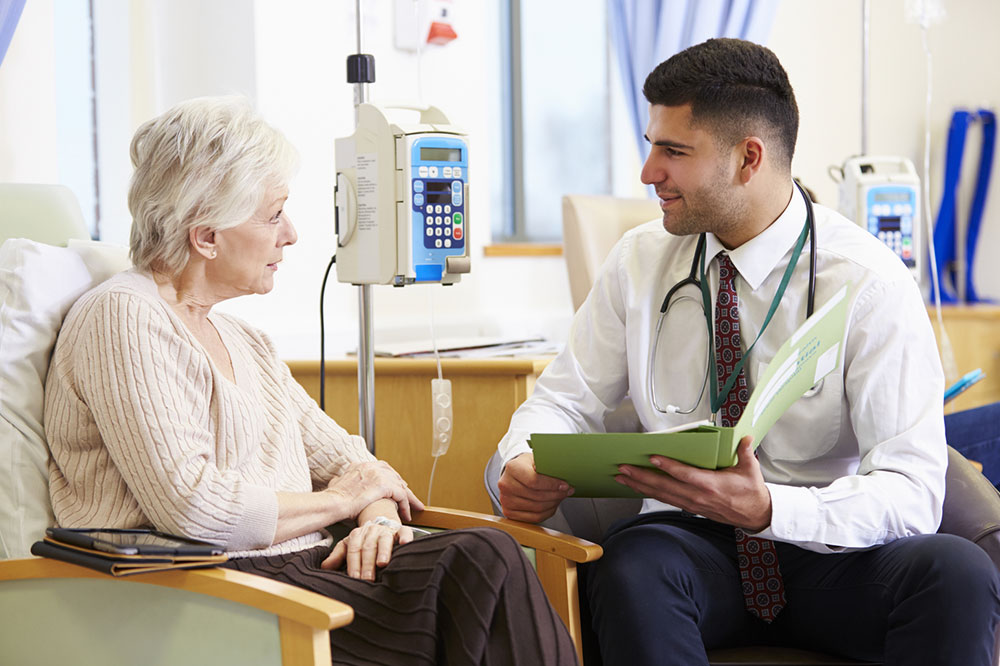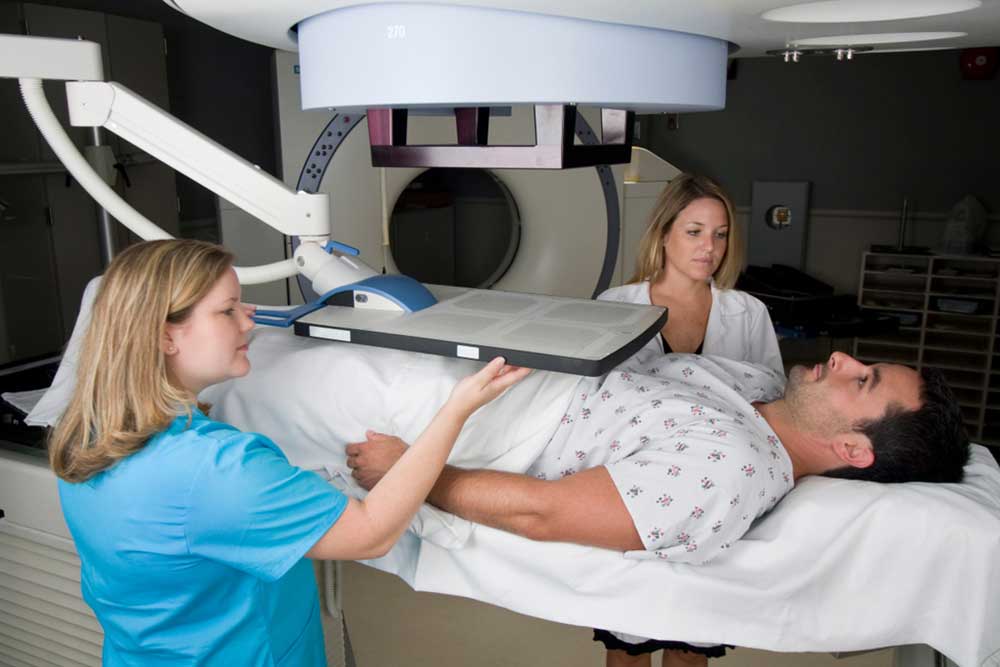Innovative Approaches in Breast Cancer Treatment: Modern Options
Explore the latest advancements in breast cancer treatment, including surgical options, radiation, chemotherapy, hormone therapy, and targeted therapies. Early detection and personalized treatment plans significantly improve outcomes, offering hope for effective management and survival. Consult your healthcare provider to choose the most suitable approach based on your specific condition.

Innovative Approaches in Breast Cancer Treatment: Modern Options
Advancements in medical technology have significantly expanded the treatment landscape for breast cancer, providing renewed hope and higher survival rates. Early detection is now more achievable, allowing for more effective interventions. It's crucial to understand the various treatment options available, which are chosen based on cancer type, tumor size, spread, overall health, and other medical conditions. Consulting with your healthcare provider helps determine the most suitable approach tailored to your specific situation.
This article highlights some of the leading treatment methods recommended by oncologists for the most common cancer affecting women.
Surgical Interventions for Breast Cancer
Many women opt for surgery as a primary treatment to eliminate cancer from the breast. Surgical options include:
Lumpectomy: Suitable for small tumors, this procedure removes the lump and a small margin of healthy tissue, preserving most of the breast.
If the tumor is large, your doctor may suggest chemotherapy beforehand to reduce its size prior to surgery.
Mastectomy: If cancer has extensively involved the breast tissue, removing the entire breast may be recommended, including lobules, fatty tissue, and nipple.
Bilateral Mastectomy: In cases with a strong family history, some choose to remove both breasts to minimize future risk. However, consult your doctor as the likelihood of second breast cancer is generally low.
Radiation Therapy
Radiation involves exposing the cancerous area to high-energy waves like X-rays to destroy cancer cells. It is usually administered after surgery: externally after lumpectomy or externally/after mastectomy to eradicate remaining cancer. Mild side effects include fatigue and skin irritation.
Chemotherapy
Post-surgery, drugs are used to eliminate residual cancer cells and prevent spreading. Sometimes, chemo is given before surgery to shrink tumors, making surgical removal easier. While effective, chemo can cause side effects like nausea, hair loss, fatigue, and rarely, heart or kidney issues.
Hormone Therapy
This treatment blocks hormones like estrogen that may fuel cancer growth. It’s used before and after surgery to prevent recurrence. Common side effects are hot flashes, nausea, and bone thinning.
Targeted Therapy
Targeted drugs focus on specific abnormalities in cancer cells rather than attacking the entire tumor. Before starting, tests are conducted to assess if the therapy will be effective for the individual patient.
When to Seek Medical Advice
Early signs include lumps or unusual formations on the breast. If suspected, consult an oncologist promptly. The goal is to eradicate the tumor and prevent recurrence through appropriate treatment strategies.










